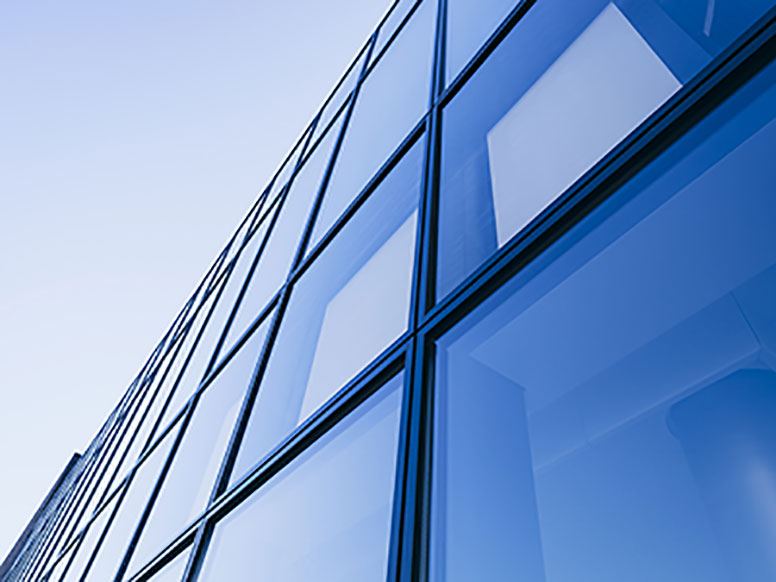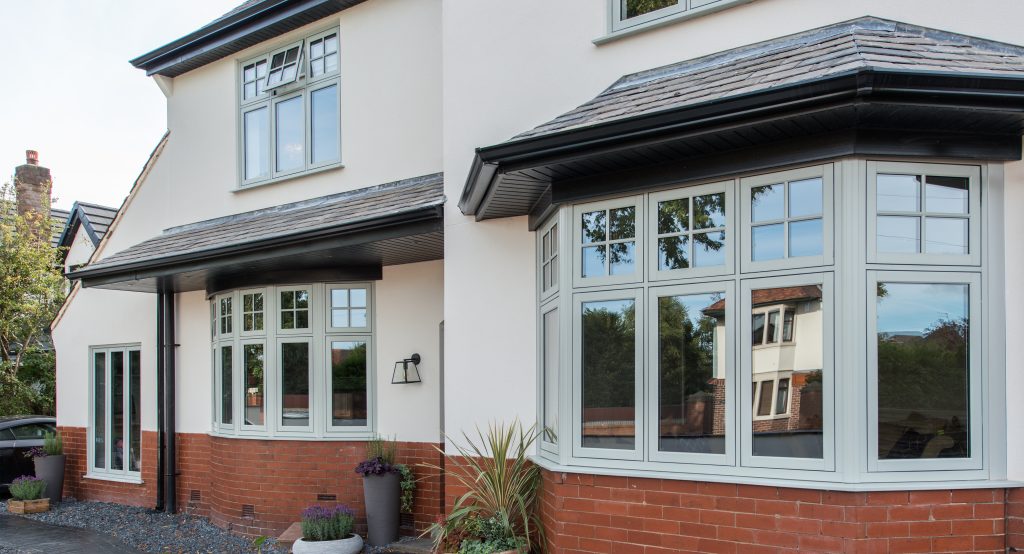All Categories
Featured
Table of Contents
Which Double Glazed Windows Are Best For Summer? in Wilson WA
That window can send more solar heat in winter season than in summertime. A west-facing window on a summer season's afternoon has an angle of occurrence from near 0 up to 30 with a large efficient location of solar radiation. A north-facing window, in summer season, has a high angle of occurrence and a low effective location of solar radiation, so can transfer less heat than a west-facing one.

However you can rapidly and quickly improve the thermal performance of your house by changing your windows. This is among the most effective methods of remodelling to attain improved thermal comfort. There are countless types of glass and frames to choose from. Selecting the best ones is essential to enhancing the energy efficiency of your house.
Guide To Double Glazing – Functional And Energy Efficient in Samson WA
Single glazing with clear glass is not really efficient when it comes to heat loss or gain. To enhance performance, you can utilize single glazing with a more energy-efficient type of glass such as low emissivity (low-e) glass.
Numerous layers can be put together with sealed cavities in between each sheet of glass. IGUs generally provide much better energy performance than single glazing, since they transfer less energy. However, the energy performance of IGUs likewise depends upon: the residential or commercial properties of each layer of glass. Different glass types (for instance, clear and low-e glass) can be put together in an IGU.
What Are The Benefits Of Double Glazed Windows? in Yangebup Perth

IGU cavities can be filled with air or a more inert, low-conductivity gas such as argon the width of the cavity. Cavity density is usually 6 to 18mm. Wider cavities supply lower (much better) U values, with 12mm typically accepted as the favored gap how well the cavity is sealed. Cavities should be dry and well sealed to avoid moisture getting in.
If argon is installed to the cavity in place of air, moisture is reliably left out the level of desiccant (drying agent). The spacer (metal or polymer strip) that separates the glass layers consists of a desiccant to absorb any wetness. Inadequate desiccant might cause moisture to condense on the glass surface in cold conditions, minimizing thermal performance.
Benefits Of Double Glazing Low-e in East Perth Perth
In fact, IGUs can deliver better energy performance for all climates, particularly in heated and air-conditioned houses. Cross-section information of single, double and triple-glazing units Low emissivity glass (frequently referred to as low-e glass) decreases heat transfer. Low-e glass may be either high or low transmission: High transmission low-e glass has a finish that enables daytime from the sun to enter the home to achieve good solar heat gain, but decreases the quantity of the long wavelength infrared heat that can escape back through the window.
Low-e glass has either a pyrolytic finish or a vacuum-deposited thin movie metal coating. Pyrolytic coatings are long lasting and can be used for any glazing; vacuum-deposited coatings are soft and are only used within IGUs. Low-e coatings can considerably improve both U value and SHGC; however, they should be utilized correctly or they will either deteriorate or stop working to perform as needed.
Save Energy With Double Glazed Windows in Subiaco Western Australia
Low-e finishings can be used in combination with clear, toned or reflective glass. Low-e finishes on glazing can lower heat transfer where required Picture: Department of Industry, Science, Energy and Resources Toned glass has actually colouring ingredients consisted of throughout manufacture. It is available in numerous colours, normally bronze, grey, blue and green.
Table of Contents
Latest Posts
Triple Glazing Vs. Double Glazing: What Are The Differences? in Willetton Western Australia
Help Control Your House Temperature With Double Glazing ... in Martin Western Australia
How To Diagnose And Fix Misted Double Glazing in Hovea Perth
More
Latest Posts
Triple Glazing Vs. Double Glazing: What Are The Differences? in Willetton Western Australia
Help Control Your House Temperature With Double Glazing ... in Martin Western Australia
How To Diagnose And Fix Misted Double Glazing in Hovea Perth